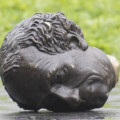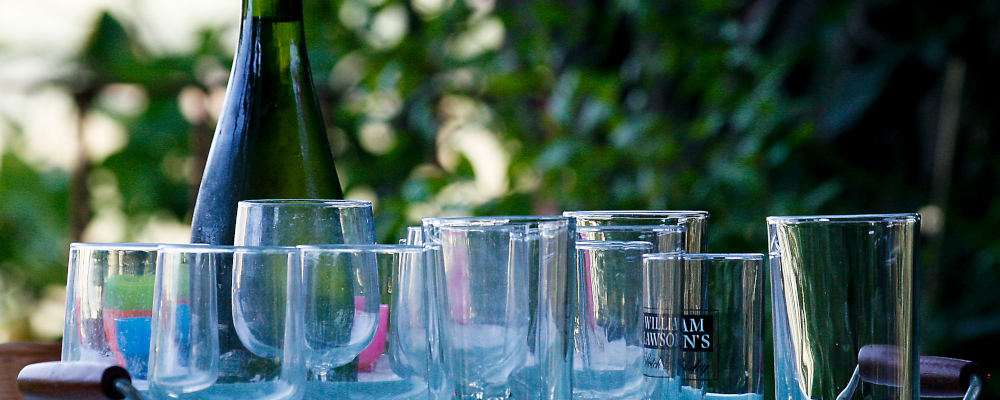The French city of Rheims is the centre of Champagne production. It lies right at the 49th Parallel North, east of Paris.
Conventional wisdom states that the vitis vinifera, or common wine grapes, can only be grown in temperate climates between 30 and 50 degrees of latitude. Global warming is stretching this zone northward, but of the major wine regions of the world Champagne is certainly considered to be a “cool climate” growing zone.
Some regular wine, especially Pinot Noir, is made in Champagne, but its cool climate really does make it best suited to sparkling wines, particularly those made in the traditional Champagne way. When yeast turns sugar into alcohol the byproduct of that fermentation is carbon dioxide.
I have been in wineries when grape juice was being turned into wine and got dizzy from all the extra CO2. The bubbles in most sparkling wines come from that process, but in this case a second fermentation is kickstarted by the winemaker, who adds a dose of sugar to the wine in the bottle.
It’s thought that Champagne became the centre of sparkling wine production in the 17th century when glass bottles became widely used. Wine that had stopped fermenting because of cold winter weather was put into bottles, and started fermenting again when warm spring weather restarted the process. In any event, to counter balance the sugar added for the second fermentation that makes the wine sparkling, it’s best to begin with a wine that is strongly acidic. High acidity is a hallmark of cool climate wines.
The effect of cool climate on Champagne was not lost on wine producers in this country. The bigger producers all make some kind of sparkling wine in the “traditional method.” And there are smaller, family-run wineries across Canada making sparkling wines, with centres of excellence in the Annapolis Valley, Niagara Peninsula and Okanagan Valley.
Champagne is famously a luxury item, and like most luxury products, its consumers are willing to pay high prices for a guarantee of quality.
According to the Comité Champagne website, the latest production numbers were for a bit more than 230,000,000 bottles annually. (Most Champagne is “non-vintage” and made by blending wines made in different years, so presumably this figure is fairly stable.) Consumption is about evenly split between France and export markets.
In France there are many smaller houses that compete for consumers, including “grower Champagnes” made by the families that tend the vines. The export markets, however, are dominated by handful of large producers who buy grapes from multiple sources. So, while Champagne may be a luxury brand, what’s sold in Canada is made on a scale much more in line with a mass consumer product.
This summer in Canada looks to be one of celebration. Families and friends will be reunited after months of little or no contact. Milestones and accomplishments will be toasted and people will get together safely under the cover of vaccination. Bottles of sparkling wine will be opened and enjoyed. Many consumers will pay more for the sparkling wines that come from Champagne. But many wily ones will instead look to domestic bubbles made in the traditional method, that cost less and come from one of the cool climate regions within our borders.
Three pioneering Canadian sparkling wine families and producers that are widely available across Canada are:
Benjamin Bridge in Nova Scotia: https://benjaminbridge.com/
Henry of Pelham in Ontario: https://henryofpelham.com/
Blue Mountain Vineyard and Cellars in British Columbia: https://www.bluemountainwinery.com/
Recommended for You
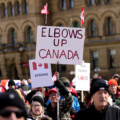
Ben Woodfinden: Lament for an ‘elbows up’ nation

Falice Chin: The ‘wild and weird’ Calgary Stampede
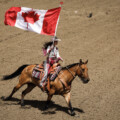
‘A celebration of the spirit of Alberta’: Ryan Hastman on the political, economic, and cultural importance of the Calgary Stampede
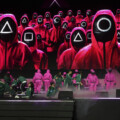
Stephen Staley: Squid Game was a warning to itself
